First Australian Submariners Set To Graduate From U.S. Navy's Nuke School
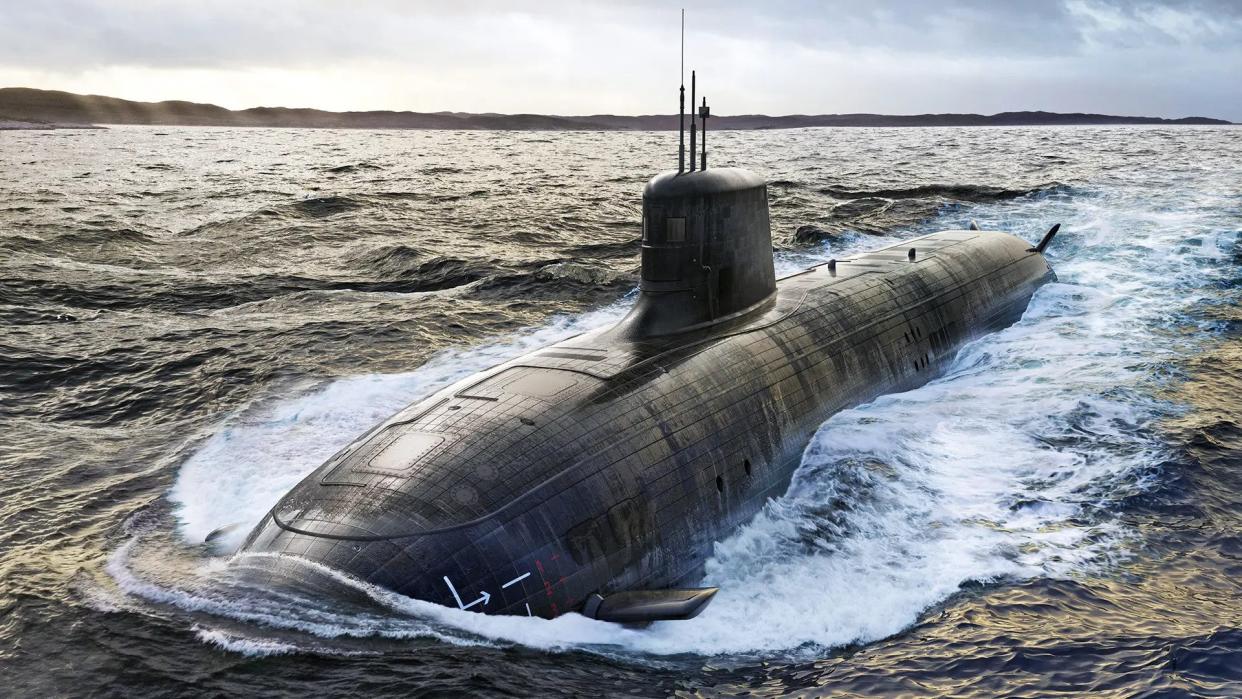
The first group of Australian submariners to attend the U.S. Navy's Nuclear Power School is set to graduate next week. This is an important step in the Royal Australian Navy's effort to establish a fleet of nuclear-powered, but conventionally-armed submarines, including examples of the U.S. Virginia class. This initiative is a key component of the still relatively new trilateral Australia-United Kingdom-United States defense cooperation agreement, or AUKUS.
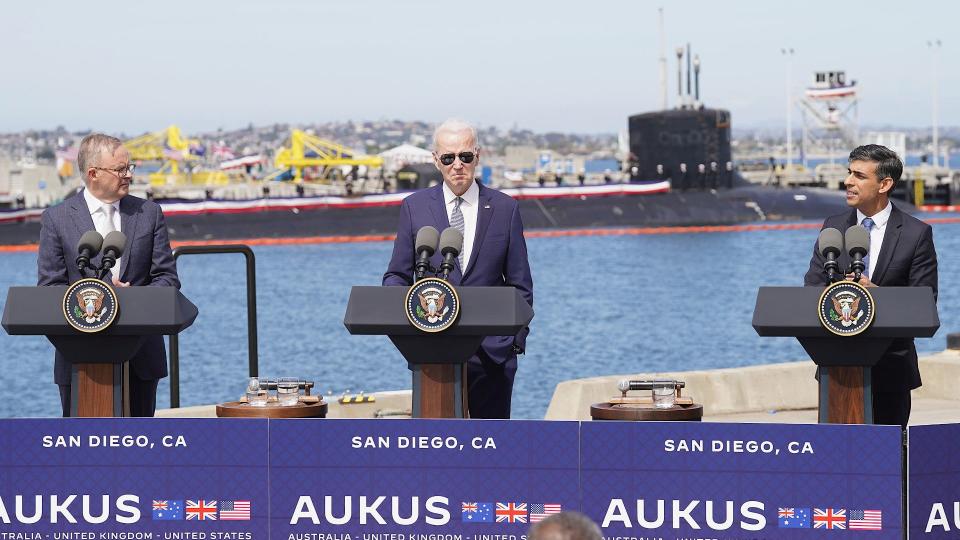
Adm. Michael Gilday, the Chief of Naval Operations (CNO), the U.S. Navy's top uniformed officer, announced the forthcoming graduation of the initial cadre of Australian submariners from what is colloquially known as the Nuc or Nuke School at an open event hosted by the Central for Strategic & International Studies (CSIS) think tank in Washington, D.C. today.
Gilday, as well as Dr. Kurt Campbell, offered additional information about the current state of the Australian nuclear submarine program and how the AUKUS partnership is helping with that, among other things. Campbell is Deputy Assistant to President Joe Biden and Coordinator for the Indo-Pacific, a role commonly referred to as the "Asia Czar."
"We graduate our first group of Australian Submariners from our Nuclear Power School in Charleston in just over a week's time," Gilday said. "So we're very proud of that."
"They are all above the mean," Campbell also said of the Australians who are about to graduate. "These are guys that are excelling. And we're gonna double down on this. And that commitment is powerful and impressive."
You can watch the entirety of today's CSIS event featuring Gilday and Campbell below.
https://www.youtube.com/watch?v=UQQIoxGv8lc
Neither Gilday nor Campbell said exactly how many Australian submariners would be graduating in total or exactly what their specialization might be. The Nuclear Power School trains individuals to perform different sets of tasks to support the operation and maintenance of nuclear reactors onboard ships and submarines, as you can read more about in this past War Zone feature. At present, the only nuclear-powered surface ships in the U.S. Navy are aircraft carriers.
In the course of their training, the Australians will have gotten hands-on experience with relevant equipment thanks to two ex-Los Angeles class nuclear-powered attack submarines that have been converted into static schoolhouses, as you can learn more about here.
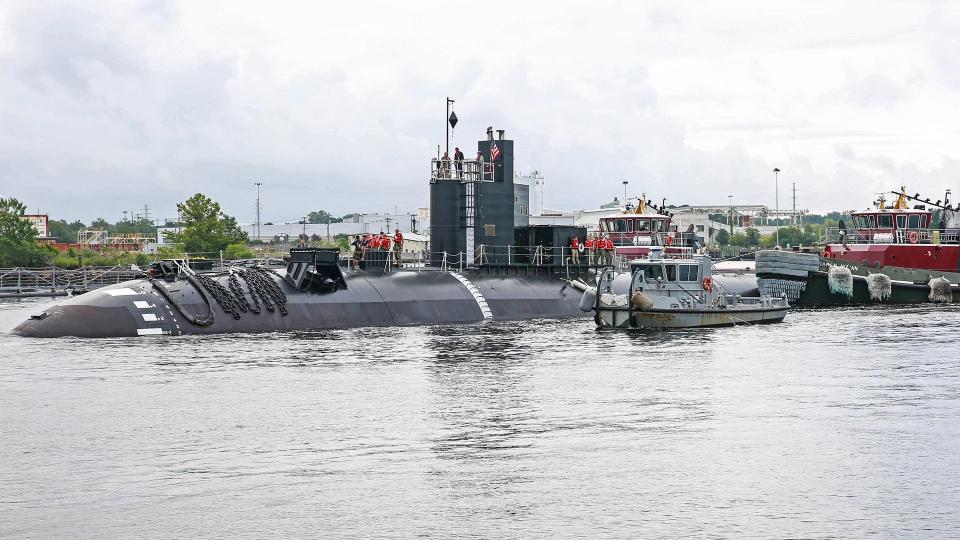
Royal Australian Navy submariners are still years away from sailing on Australian-operated nuclear-powered submarines, but having this training pipeline producing qualified nuke sailors now is an important element of the overall plan.
"It's a phased approach that's been very transparent in terms of our beginning to conduct more port visits with the Australians and a phased approach to then begin forward deploying our submarines, perhaps up to four, out of [the] HMAS Stirling [naval base], near Perth," Gilday explained. The plan is then eventually "to co-crew those [U.S.] submarines with Australians in a very deliberate manner and then, finally, get us to a point where Australia... can then take custody of the sale of U.S. submarines and then eventually produce their own."
The planned forward-deployed submarine contingent is currently referred to as Submarine Rotational Force-Western Australia, or SURF-West. HMAS Stirling, on the West coast of Australia, is a very strategic operating location and would offer American submarines good access to both the Western Pacific Ocean and the Indian Ocean.
https://twitter.com/shashj/status/1438179433001758720
"All the while, we are working hand-in-glove with them and the U.K., in terms of creating the ecosystem that's so important to maintaining a nuclear[-powered submarine] force," the CNO added.
At present, the initial trio of nuclear-powered submarines for Australia are expected to be U.S.-made Virignia class types, including two obtained directly from the U.S. Navy. The goal is for those boats to start entering service with the Royal Australian Navy in 2032.
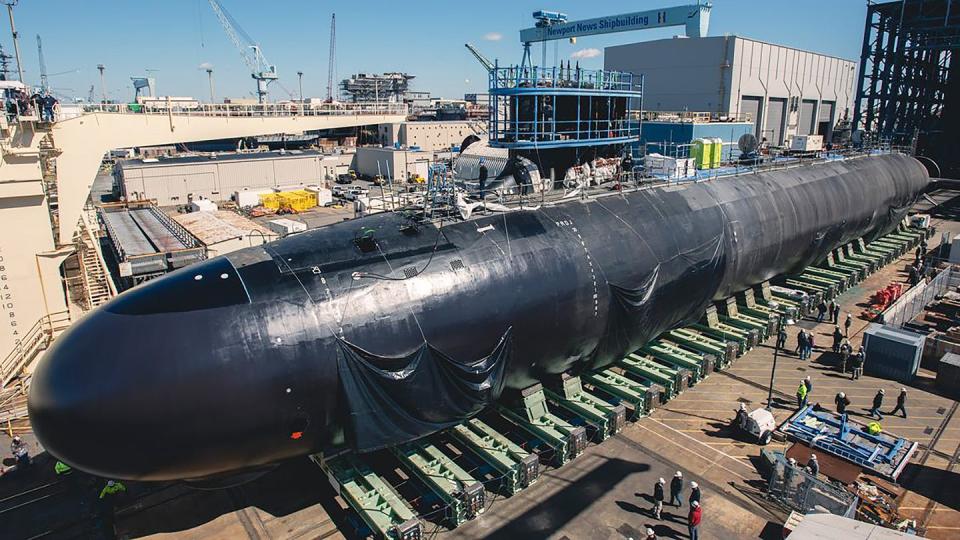
These will be followed by the acquisition of five so-called new-production nuclear-powered attack submarines, or SSNs, built in Australia, which will hopefully be completed around 2050. This future class of submarines is currently referred to simply as the SSN-AUKUS. The Australians could ultimately get up to five Virginias in the end, depending on how fast SSN-AUKUS submarine progresses. In that case, just three of the locally-built SSN-AUKUS submarines will be made.
Specific details about the SSN-AUKUS' design remain limited. However, Australian and U.K. officials have said in the past that it will be derived from the British next-generation nuclear attack submarine design intended to replace the Royal Navy's current Astute class. It will also have a significant amount of U.S.-made systems inside that will give it “a high degree of commonality with" the Virginia class.
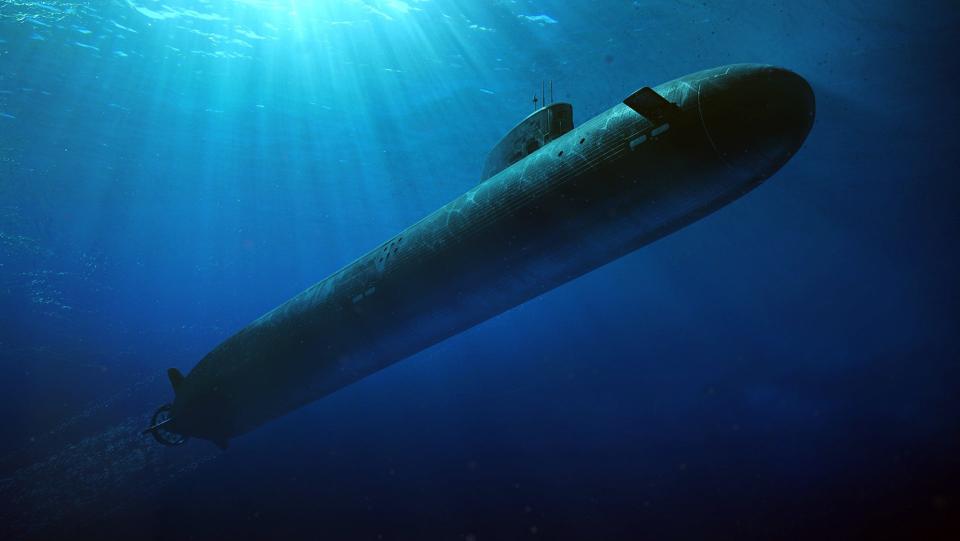
"We've been working together for 100 years now, over 100 years, and so this would be an obvious evolution in terms of where we go, not only in terms of interoperability," Gilday said at today's CSIS event. "AUKUS takes it to a new level in terms of interchangeability, particularly with SSN-AUKUS, which will be a hull common to two of the three nations, with components, many of the components, that are common to U.S. submarines."
This is all in line with what Australian Vice Admiral Jonathan Mead, the head of his country's AUKUS task force, told Australia's ABC News in March. "SSN-AUKUS is actually quite mature in the design, it's about 70% mature," he explained at that time.
Still, the Royal Australian Navy is set to be a Virginia class operator first and that also makes good sense on a number of levels, including the high degree of interoperability and logistical interchangeability that Adm. Gilday highlighted. Both countries operating Virginia class boats will mean being able to take advantage of common infrastructure. HMAS Stirling, specifically will need very complex and expensive upgrades just to sustain semi-permanent rotational deployments by U.S. Navy Virginias. This could also then help when it comes to supporting U.S. and Australian boats in ports or using assets like U.S. Navy USS Emory S. Land class submarine tenders while forward-deployed during combined operations.
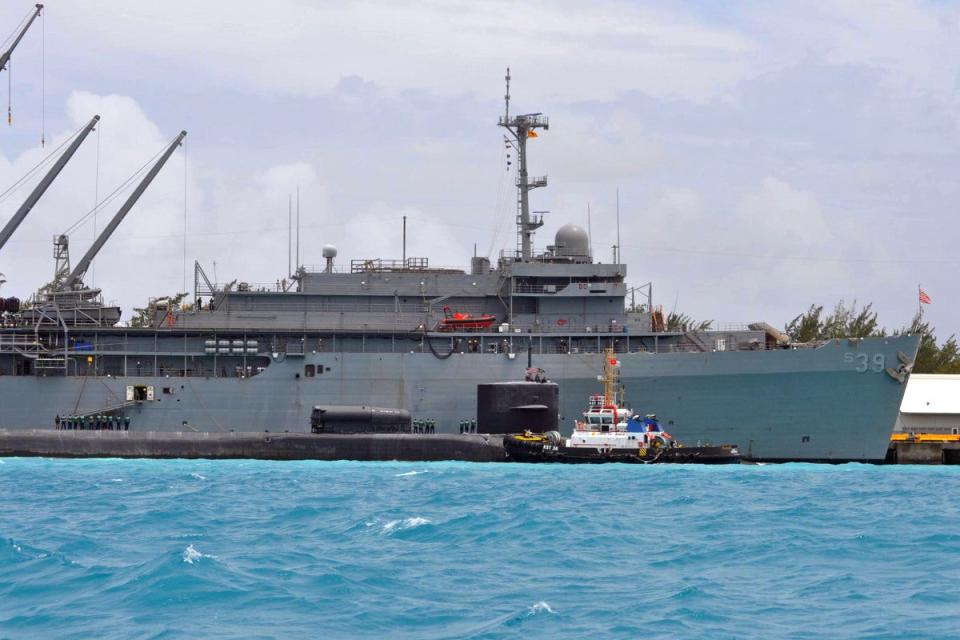
With both countries operating Virginia class submarines, they will also be using many of the same weapons, like the Tomahawk cruise missile, and mission systems, including networking capabilities, that will only further enhance interoperability.
It is worth noting that the AUKUS effort to support Australia's wish to acquire nuclear-powered, conventionally-armed submarines is ambitious and it remains to be seen how it will progress in the coming years. The possibility of acquiring the two additional Virginia class boats would seem to be a hedge against potential delays with the SSN-AUKUS program.
"If AUKUS' ambitions are expansive, so too are the challenges that it faces, including its long-term political support and financial resourcing, the ability to scale up submarine production, the necessity of finding the skilled workers who are going to be building those submarines, the challenges of reforming our regulatory system and the way that we control our most sensitive technology, and, of course, the overriding imperative of providing deterrence now and not in 10 years time," Charles Edel, a Senior Adviser and current Australia Chair at CSIS, highlighted in his introduction to today's event.
At the same time, a Royal Australian Navy nuclear-powered submarine force that can operate very closely together with its U.S. Navy counterparts would offer significant strategic and tactical-level benefits to both countries, along with the United Kingdom and other allies and partners. For the Royal Australian Navy, specifically, there is the added impetus of needing more modern and capable replacements for its six aging Collins class diesel-electric attack submarines. The AUKUS submarine plan also involved the cancellation of a previous multi-billion-dollar deal with French firm Naval Group to produce new diesel-electric boats. That acquisition program had already faced criticism over ballooning costs.
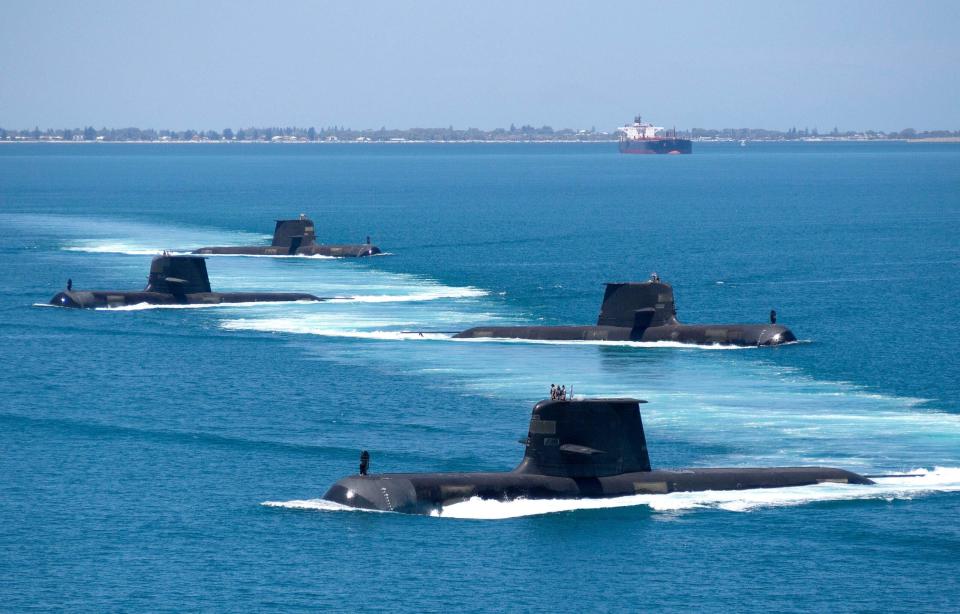
The nuclear submarine initiative also comes as the AUKUS nations, together with others in the Indo-Pacific region and elsewhere, are looking to challenge and deter a Chinese People's Liberation Army (PLA) that is growing in both size and overall capability. This includes a steadily expanding Chinese PLA Navy (PLAN) submarine force, which is part of that service's broader ambitions to become a force truly capable of projecting power worldwide.
So, while nuclear-powered submarines for Australia may still be years away from becoming a reality, all three AUKUS countries are clearly committed to that effort. Australian submariners starting to graduate from the U.S. Navy's Nuclear Power School now is an important step toward that goal.
Contact the author: joe@thedrive.com

